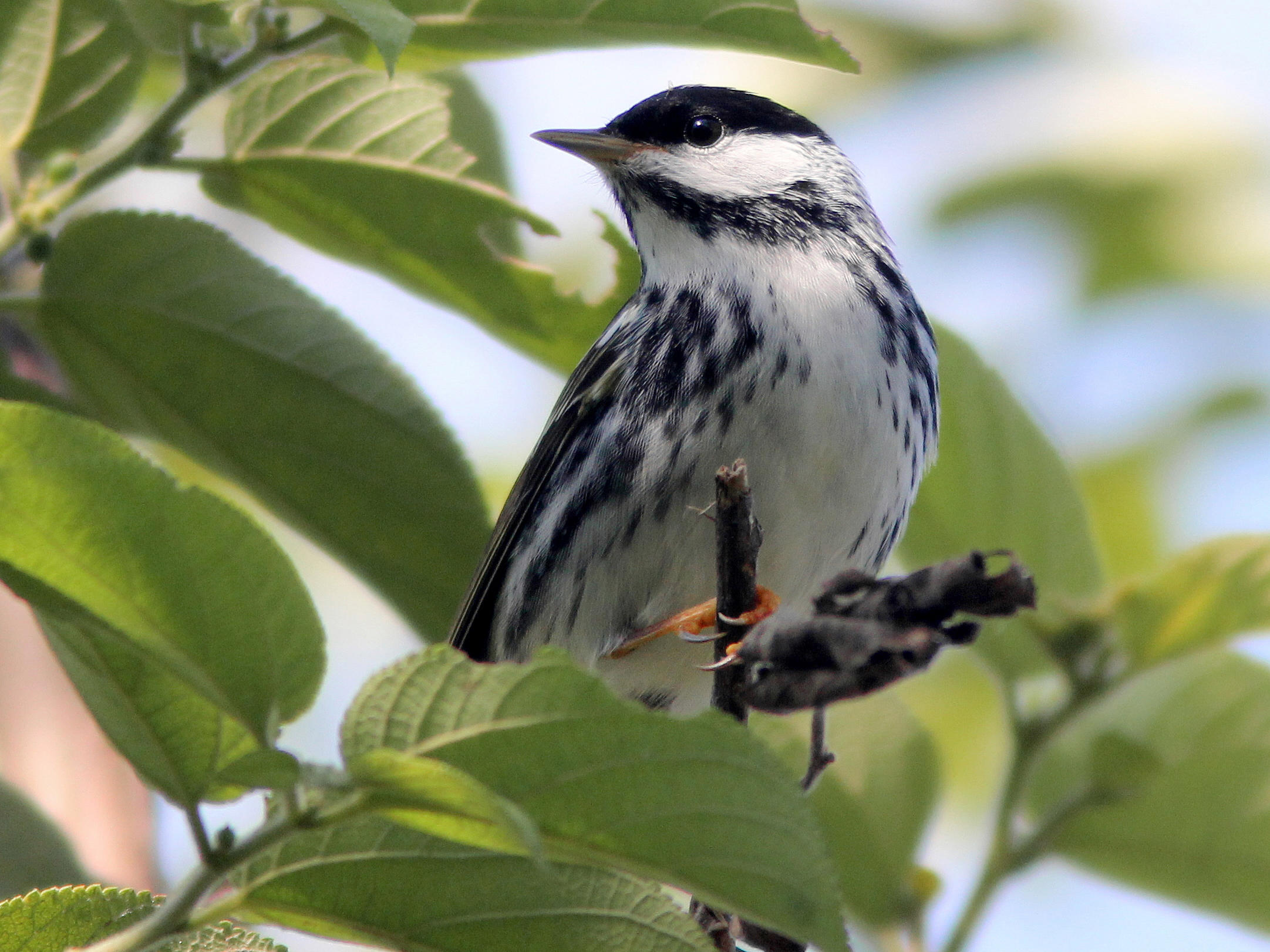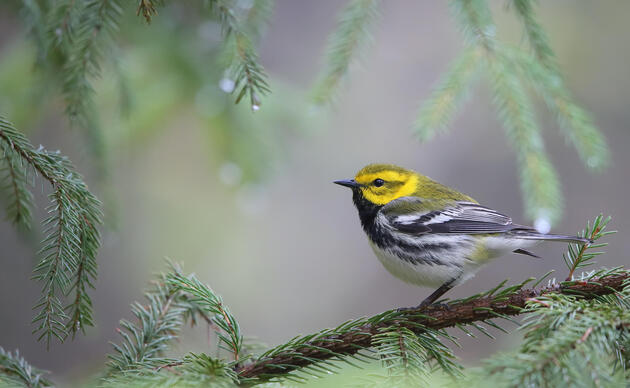For more than 100 years, Audubon Vermont has protected birds, wildlife and their habitat through engaging people of all ages in education, conservation, stewardship and action.
Our programs include the Forest Bird Initiative, the Champlain Valley Bird Initiative, and the Green Mountain Audubon Center, a 255-acre Important Bird Area and education facility in Huntington, Vermont.
- We engage more than 6,000 people annually in conservation education programs.
- We work with more than 400 land owners, covering over 300,000 acres.
- Our efforts increase the population of threatened species in Vermont, including the Common Tern, the Peregrine Falcon and the Bald Eagle.
History
Audubon was founded at the start of the last century - one of America's earliest organizations dedicated to conservation of birds, other wildlife and essential habitat. Audubon has had a grassroots presence in Vermont since the founding of "The Audubon Society of Vermont" in 1901, and has grown to over 4,000 members with 7 volunteer chapters throughout the state. Through the active engagement of volunteers at the grassroots level, Audubon Vermont has played an important role in securing key environmental protection in Vermont through environmental education, science and public policy initiatives. In a state that supports many environmental organizations, Audubon Vermont is unique in its multidisciplinary approach with site-based environmental education and a strong grassroots chapter network at its core.
Education
Our education team leads more than 6,000 people, mostly children, in a host of environmental education programs at the Green Mountain Audubon Center and at other locations in Vermont each year. More than 50 Vermont schools and childcare centers, preschool through high school, rely on Audubon Vermont for field experiences for their students that complement the learning that happens in the classroom. Thousands of additional children and adults receive outdoor environmental education through Audubon Vermont’s public programs, outreach efforts, and special events.
The Green Mountain Audubon Center’s five miles of hiking trails are free and open to the public year-round, allowing people of all ages and backgrounds the opportunity to connect with nature. Audubon chapters throughout the state conduct educational programs and events for their local communities. Across Vermont outstanding staff and dedicated volunteers offer programs year-round to guide Vermonters of all ages along the continuum from appreciation to understanding to stewardship of nature.
Conservation
Audubon Vermont's Forest Bird Initiative and Champlain Valley Bird Initiative work directly with landowners, foresters, and other partners to support forest and early successional management and policy that benefits the suite of responsiblity birds in Vermont and along the Atlantic Flyway. We provide:
- Technical assistance for landowners
- Workshops and trainings
- Demonstration habitat management sites
- Promotion of public policies and programs that protect Vermont’s forests and wildlife
Science
Sound science forms the foundation of all we do at Audubon Vermont. Whether we are educating the next generation of conservationists at the Green Mountain Audubon Center, managing the Common Terns on our sanctuaries on Lake Champlain or providing testimony to the state legislature as they deliberate on an environmental bill, we strive to use the best available science to protect our great natural heritage.
Effective grassroots advocacy for the protection of critical habitat
Action is the natural outgrowth of our passion to conserve and protect our environment. Partnership is the best word to describe Audubon's approach to influencing public policy. Our success is based on our ability to leverage grassroots support through our chapters and members and build coalitions and alliances. We also work closely with the national public policy office of Audubon to assure coordination of activities on key national issues. Audubon's grassroots network of activists and science-based, solution-oriented approach to resolving public policy issues have earned the organization a reputation as a thoughtful, reputable advocate for wildlife and habitat.
How you can help, right now
Donate to Audubon
Help secure a future for birds at risk from climate change, habitat loss and other threats. Your support will power our science, education, advocacy and on-the-ground conservation efforts.
Visit Audubon
It's always a good time to visit the Audubon Center. Trails are open to the public year-round. Visit us daily from dawn until dusk! Donations are appreciated.
Events
Adults, preschoolers, foresters, photographers, sugarmakers and families will all find opportunities to connect with nature.





